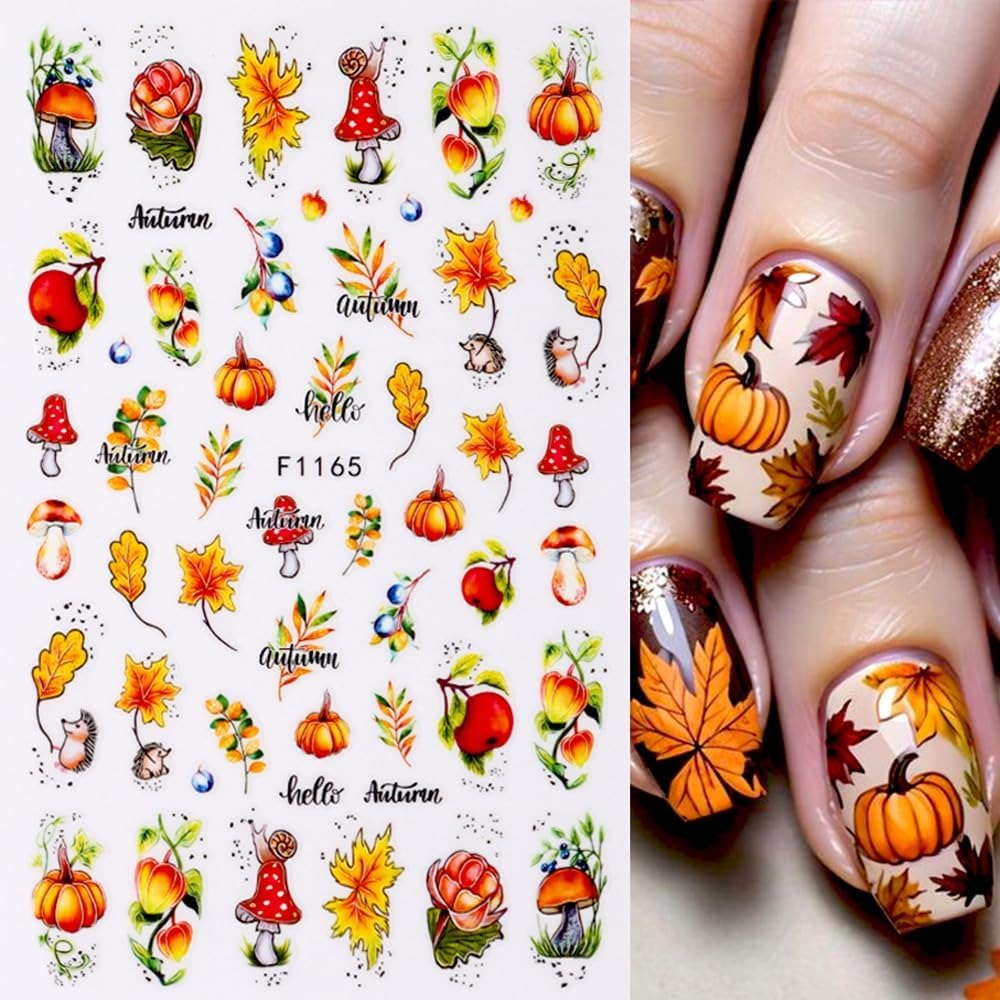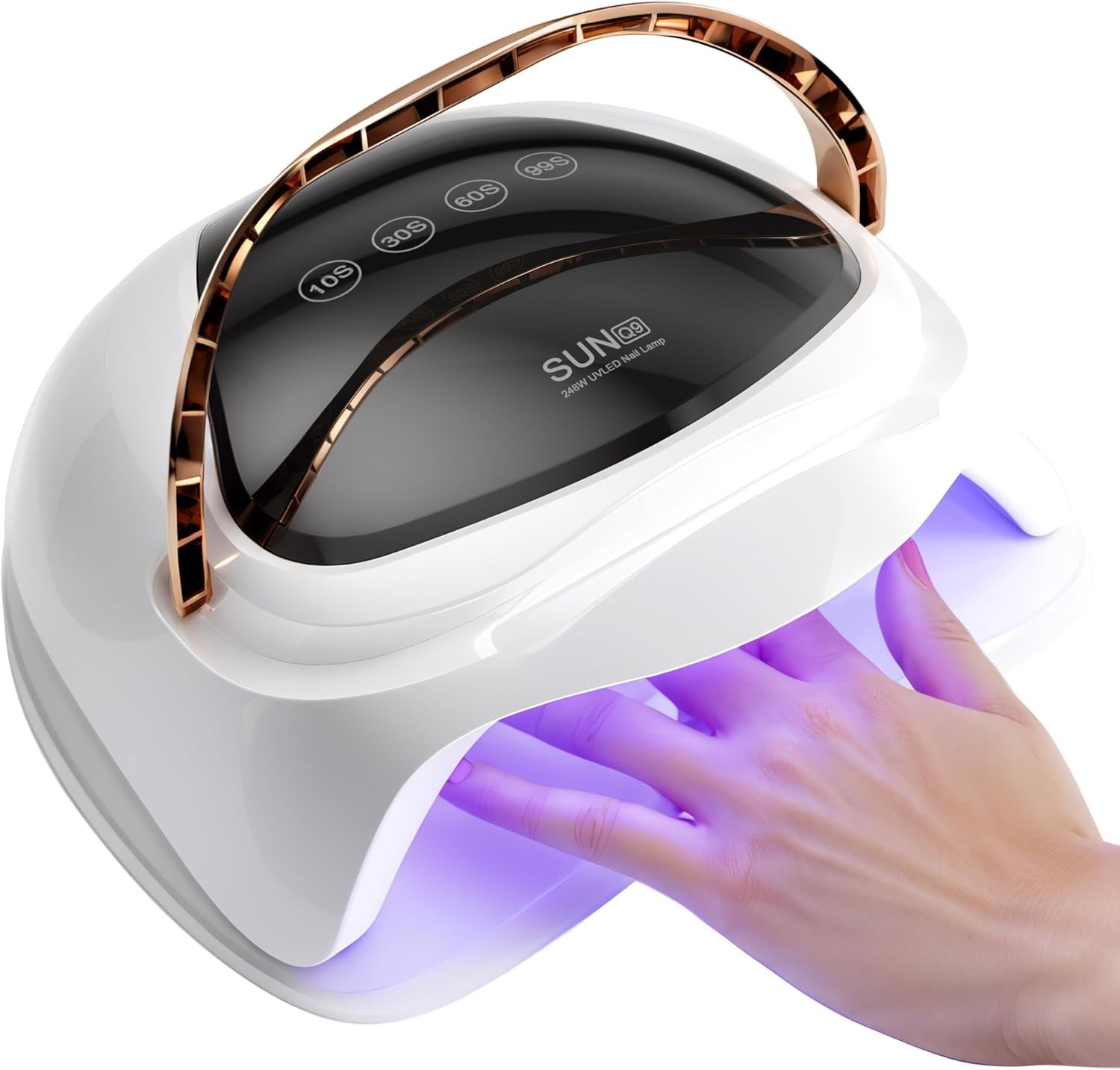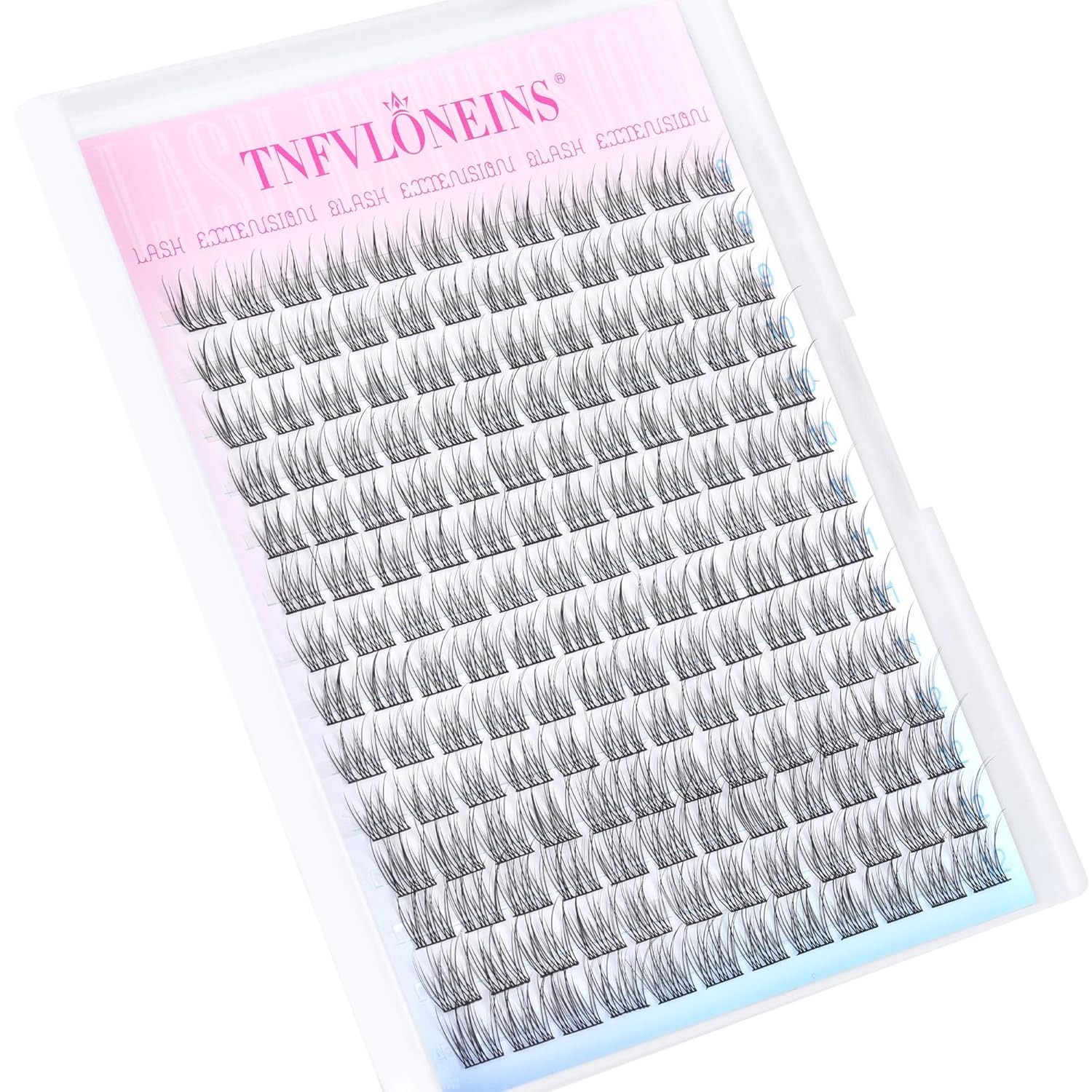Understanding Nail Glue: The Basics
When it comes to achieving the perfect manicure or repairing your nails at home, choosing the right nail glue is essential. Nail glue, also known as nail adhesive, serves as the backbone for securing artificial nails, tips, or decorations. In this guide, we will delve into the various types of nail glue available, examining key components such as cyanocrylate versus resin-based options, and their impact on your nail care routine.
Essential Components of Nail Glue
Understanding the fundamental ingredients in nail glue can help you make an informed decision. The two primary types of nail glue are cyanoacrylate and resin-based adhesives.
- Cyanoacrylate Nail Glue: Typically known as “super glue,” this option is favored for its exceptional bonding strength. For many users, the quick bond it forms is appealing; however, it may pose risks such as irritation for individuals with sensitive skin. Additionally, cyanoacrylate glue is known to be less flexible, which might lead to cracking under high-stress applications.
- Resin-Based Nail Glue: This type provides a more flexible bond and is often touted for its lower risk of irritation. Resin glues are highly effective in maintaining a natural feel while offering decent durability, making them suitable for various nail applications. Consequently, they are favored for intricate designs such as embellishments or rhinestones.
In summary, knowing which adhesive type aligns best with your needs will empower you to achieve not just the desired aesthetic but also long-lasting results.
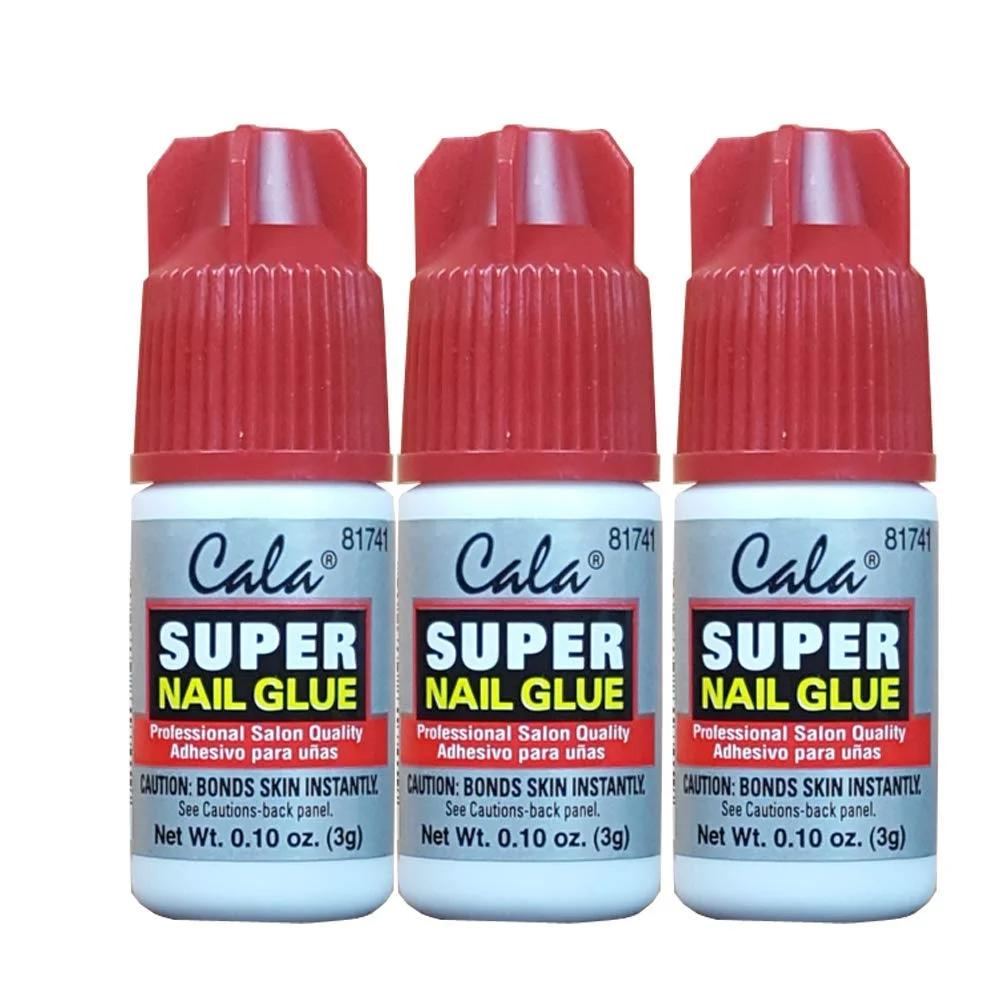 Viscosity and Application: Fluid vs. Thick
Viscosity and Application: Fluid vs. Thick
What is Viscosity in Nail Glue?
Viscosity refers to the thickness or flow of the glue, affecting how easily it can be applied. Nail glues come in various viscosities, each suitable for different applications.
- Low Viscosity Glues: These adhesives are easy to spread and are ideal for applications that require precision, such as applying rhinestones or intricate nail art. However, they may not be ideal for longer-lasting or weight-bearing applications like nail tips or full-cover artificial nails.
- High Viscosity Glues: Thick glues are perfect for affixing heavier nail tips or repairs as they are less likely to run off the nail surface. Nevertheless, applying too much may lead to a bulky look.
Ultimately, choosing the right viscosity based on your specific needs will ensure you achieve the best results during application.
Drying Time: Quick-Dry vs. Set Time
The Importance of Drying Time
Another essential parameter to consider is the drying time of nail glue. Different adhesives have varying drying times, impacting the application and final look of your manicure.
- 5-Second Quick-Dry Glues: These fast-acting adhesives are ideal for individuals on the go, allowing for rapid application and minimal waiting time. However, practitioners should exercise caution, ensuring that they maintain a steady hand as the quick-dry nature means limited time for adjustments.
- 30-Second Set Time Glues: Offering a slightly longer setting time permits more freedom in adjusting placement. As a result, meticulous users can create well-balanced designs without the fear of immediate bonding.
In summary, your choice of drying time should align with your skill level and how quickly you need the glue to set.
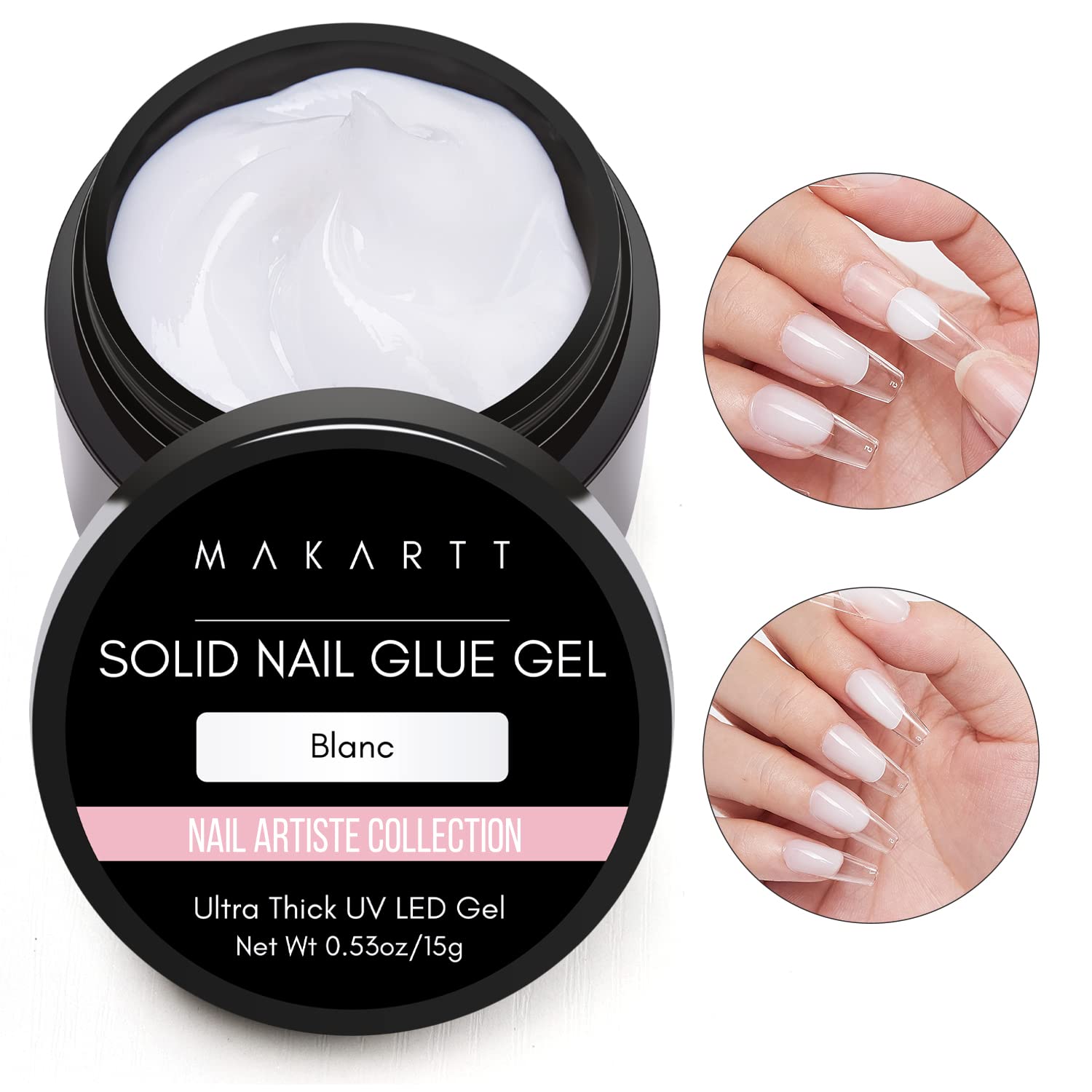 Comparing Popular Brands: Kiss, Gorilla, Duo
Comparing Popular Brands: Kiss, Gorilla, Duo
Overview of Top Brands
The market offers a range of nail glue brands such as Kiss, Gorilla, and Duo, each presenting unique features:
- Kiss Nail Glue: Known for its easy application and strong hold, Kiss utilizes a proprietary formula aimed at maximizing bonding without compromising flexibility. Customers commend its effectiveness in both professional and home settings.
- Gorilla Nail Glue: Renowned for its strength, Gorilla glue goes beyond regular nail applications, offering resistance against moisture and yellowing. This durability appeals to users who seek longevity in their nail designs.
- Duo Nail Glue: This brand is cherished by makeup artists and nail technicians alike. With its ability to adhere false lashes and nails robustly, Duo stands out in the market. Many users appreciate its flexibility and ease of removal, which minimize damage during the removal process.
Thus, examining user reviews and recommendations can simplify your selection, ensuring you choose a glue that matches your requirements.
Nail Glue Deciding Tree: Matching Glue to Use Case
How to Choose the Right Nail Glue Based on Usage
Understanding the different scenarios will help you select the appropriate adhesive. Here’s a simple decision tree to guide you:
- For Faux Nails: Opt for a strong cyanoacrylate glue that guarantees a long-lasting bond.
- For Nail Repair: Choose a resin-based glue to provide flexibility and comfort while avoiding damage to natural nails.
- For Rhinestone Application: Go for low viscosity options for precision placement and avoid run-off.
In effect, by answering the basic question regarding your intended use, you can effectively narrow down your choices.
 Addressing Common Issues: Weak Bonds and Allergies
Addressing Common Issues: Weak Bonds and Allergies
Understanding Bonding Issues
Several problems can arise when using nail glue, particularly issues regarding bonding strength and allergy concerns:
- Insufficient Bonding: Weak bonds often lead to nails lifting or breaking. This commonly occurs due to poor surface preparation. Always ensure your nails are clean, dry, and free of oils for optimal adhesion.
- Allergic Reactions: For those with sensitive skin, using cyanoacrylate-based glues may lead to adverse reactions. Testing on a small area of your skin is advisable before full application. As a matter of fact, consider using a hypoallergenic glue to mitigate any risks.
To summarize, being aware and proactive about these potential challenges can help you avoid common pitfalls.
Preparation and Application: The Step-by-Step Process
Steps for Successful Nail Glue Application
- Preparation of the Nail Surface: Gently buff the nail surface to remove excess oils and dead skin. This step promotes better adhesion and avoids common problems such as peeling or popping off.
- Control the Glue Amount: Use a small amount of glue, approximately the size of a grain of rice, to avoid overflow during application. Excess glue can not only create a messy appearance but may also irritate the skin.
- Press and Hold: After applying the glue and positioning the artificial nail, press gently for about 10 seconds to ensure a strong bond.
- Consider Adding Base Coat: For extra security, using a specialized base coat before applying the glue can enhance adhesion and prolong wear.
- Removal Tips: Use acetone-based nail polish remover to gently soak off the glue-dissolved nails, preventing damage to the natural nail.
Following these steps can boost your chances of a successful and satisfying nail application.
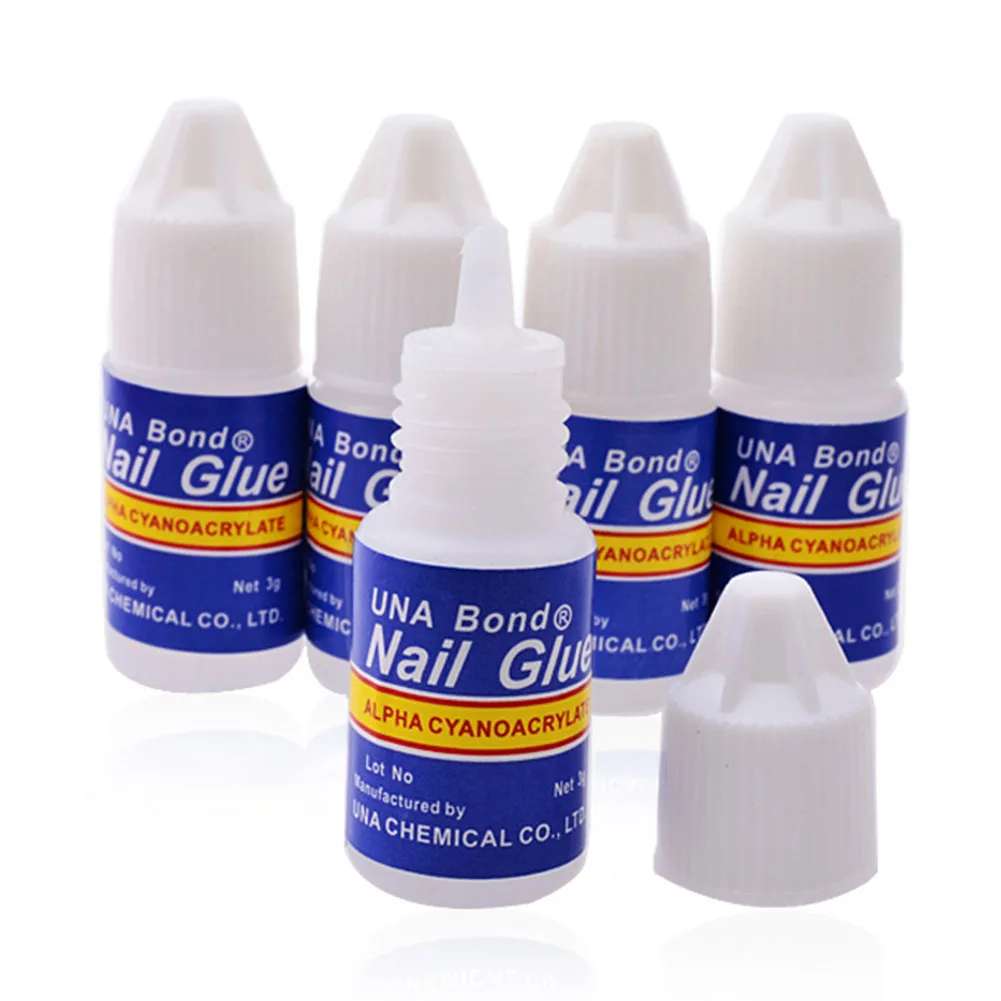 Evaluating Common Problems and Solutions
Evaluating Common Problems and Solutions
Fixing Frequent Nail Glue Issues
While applying nail glue is straightforward, issues can arise. Here are some common complaints and their solutions:
- Bubbles Post-Application: Inconsistent application may lead to bubbles. Applying thin layers of glue consistently is recommended to avoid this issue.
- Nails Lifting Within 24 Hours: Often linked to not cleaning the nail bed properly, ensure you clean and dry your nails thoroughly for optimal adhesion.
- Nail Damage from Improper Removal: Using a peel-off method can damage natural nails. Gently soaking the nails can help preserve their health.
In summary, proactively addressing these common nail glue issues can help enhance the longevity and quality of your manicure.
Safety Measures: Handling Nail Glue Responsibly
Essential Safety Precautions
Finally, it’s essential to take a few safety precautions when using fingernail glue:
- Prevent Contact with Eyes and Mouth: Always exercise extreme caution when handling glue. In case of accidental contact, rinse thoroughly.
- Child Safety: Keep nail glue stored out of children’s reach to prevent ingestion or application-related accidents.
- Storage Solutions: To prolong the lifespan of your fingernail glue, consider refrigerating it after opening. This method helps prevent the glue from hardening in the bottle and losing effectiveness.
Allergy Testing
Performing a patch test prior to full application can help detect potential allergic reactions. Apply a small amount behind the ear and observe for 24 hours.
In summary, practicing safety and precaution will foster a safer nail application environment and mitigate any unforeseen issues.
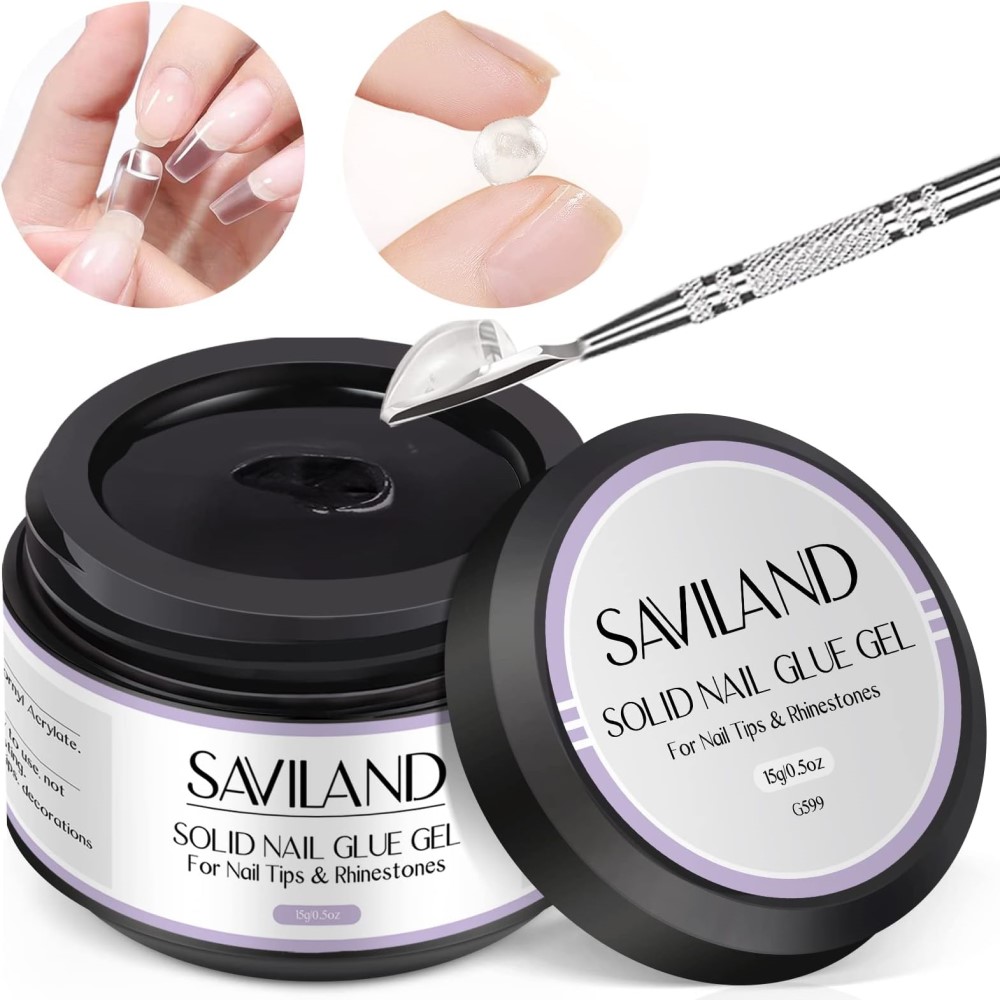 Conclusion: Choosing the Best Nail Glue for Your Needs
Conclusion: Choosing the Best Nail Glue for Your Needs
Choosing the right nail glue is pivotal in ensuring a flawless manicure, whether you’re a professional nail technician or a DIY enthusiast. From understanding the differences in glue types to preparing your nails properly, each aspect contributes to achieving your desired results. By considering the parameters such as ingredients, viscosity, drying times, and product recommendations, you can navigate the market confidently.
Ultimately, addressing common issues and adhering to safety measures will pave the way for a positive experience with your nail glue of choice. Armed with this knowledge, you can achieve beautiful, durable nails that enhance your overall look and confidence!
